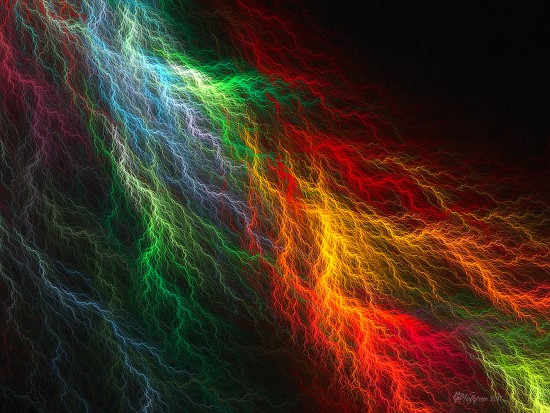Sep 30, 2015
Electricity manifests in many ways.
Previous Pictures of the Day argue that stars do not age and die in the way that conventional understanding proposes. Stars are not globes of hot gas under pressure, they are composed of plasma. Plasma is ionized, meaning that one or more electrons are stripped from atomic nuclei, so it is electrically charged. Plasma does not behave like a pressurized gas, so shock waves and gravitational instabilities are insufficient when it comes to explaining star birth or star death.
Some things are familiar, even though they are not easily explained. The aurorae at each of Earth’s poles are familiar to most people, although the way they form is not completely understood. Similarly, lightning bolts are familiar to everyone, but how they are generated by clouds and rain is mysterious to planetary scientists.
Lightning’s arc mode effect is one of many ways that electricity behaves. There are also glow discharges, like the aurorae, observed above the clouds. These extremely large events are called “red sprites” and “blue jets.” Electricity is also evident in dark discharges. These could be powerful movements of electric charges but they are unseen and difficult to detect. An ionic wind can reveal the presence of a dark discharge.
Astronomers working with the Parkes radio telescope in Australia found “energetic transient flashes” that they think came from outside of the Milky Way galaxy. If that is the case, then “energetic” is a small word for such occurrences. As described in their press release, those radio bursts were so powerful that they exceeded the Sun’s total energy output for an entire day in only a few milliseconds. Since most astronomers are not knowledgable in other fields, especially electrical engineering, they are left with ideas like “imploding neutron stars”, “flaring magnetars” or “hypernovae” to explain the intense, rapid bursts of radiation, especially in radio wavelengths.
It is possible that the radio signals that the Parkes team detected were created by an extreme supernova (hypernova). However, what “supernova” means to mainstream astronomers compared to what it means to Electric Universe advocates is quite different.
A supernova is an exploding star, but not in the conventional sense. Rather, it constitutes the explosion of a double layer in plasma. The power comes from external electric charge flowing through vast circuits in space. Supernovae are the result of a stellar “open circuit” in the galactic power supply. In an exploding double layer, the energy of an entire interstellar circuit might flash into the explosion, increasing its expansion far from the surface of the star. Radiation from the double layer then shines in ultraviolet, X-rays, or bursts of gamma rays and radio waves. Electromagnetic jets from stars and galaxies are probably indicative of lightning discharges.
It is more likely that the Parkes researchers saw a cosmic lightning bolt.
Stephen Smith













